Uncategorized
-
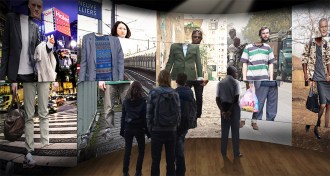 Science & Society
Science & SocietyNew museum exhibit explores science of racism
“Us and Them,” a new exhibit at the Musée de l’Homme in Paris, draws on genetics, psychology, anthropology and sociology to examine why racism and prejudice persist.
-
 Earth
EarthStunning images reveal glacial landscapes under the oceans
The most detailed atlas of the seafloor ever compiled offers colorful imagery and ghostly glimpses of Earth’s glacial past.
By Beth Geiger -
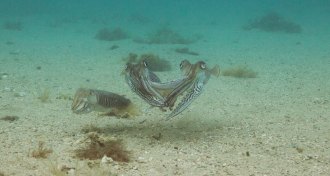 Animals
AnimalsWatch male cuttlefish fight over a female in the wild
For the first time, researchers have observed the competitive mating behaviors of the European cuttlefish in the field.
-
 Particle Physics
Particle PhysicsAntiproton count hints at dark matter annihilation
Antimatter in cosmic rays could be a sign of dark matter.
-
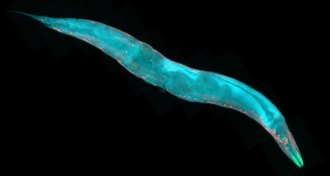 Genetics
GeneticsSelfish genes hide for decades in plain sight of worm geneticists
Crossing wild Hawaiian C. elegans with the familiar lab strain reveals genes that benefit themselves by making mother worms poison offspring who haven’t inherited the right stuff.
By Susan Milius -
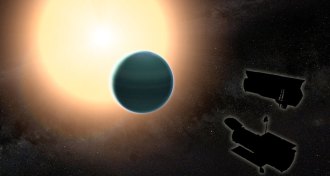 Planetary Science
Planetary ScienceWatery exoplanet’s skies suggest unexpected origin story
Compared with Neptune, HAT-P-26b’s atmosphere has few heavy elements, suggesting it formed differently than the ice giants in Earth’s solar system.
-
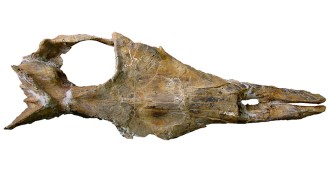 Paleontology
PaleontologyAncient whale tells tale of when baleen whales had teeth
A 36 million-year-old whale fossil bridges the gap between ancient toothy predators and modern filter-feeding baleen whales.
-
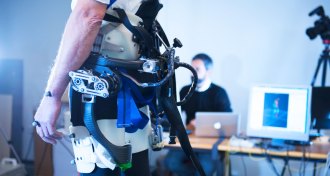 Tech
TechNew pelvic exoskeleton stops people from taking tumbles
A new exoskeleton helps people prone to falling stay on their feet.
-
 Health & Medicine
Health & MedicineBreast cancer cells spread in an already-armed mob
Source tumors may already contain the mutations that drive aggressive cancer spread.
-
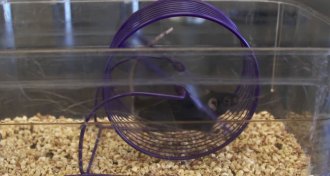 Health & Medicine
Health & Medicine‘Exercise pill’ turns couch potato mice into marathoners
An experimental "exercise in a pill" increases running endurance in mice before they step foot on a treadmill.
By Laura Beil -
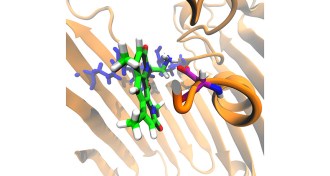 Health & Medicine
Health & MedicineNew rules for cellular entry may aid antibiotic development
A new study lays out several rules to successfully enter gram-negative bacteria, which could lead to the development of sorely needed antibiotics.
-
 Earth
EarthIce particles shaped like lollipops fall from clouds
Small ice particles called ice-lollies, because of their lollipop-like appearance, can form in clouds.